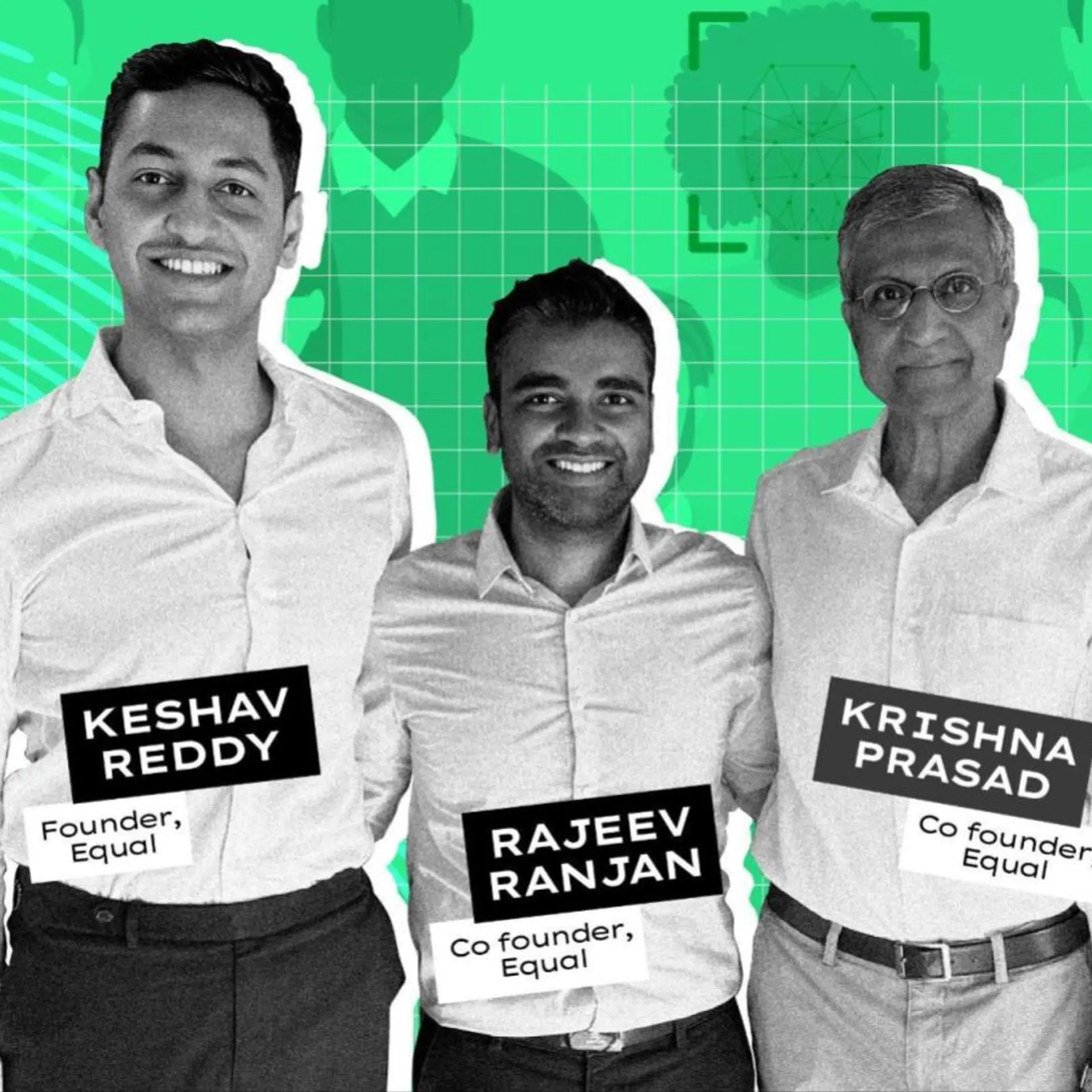How can brands reduce consumer disruptions amidst COVID-19 pandemic
While consumer behaviour is ever-evolving, even minor changes, like the COVID-19 pandemic, goes on to become permanent realities in the future.
The business landscape is changing fast amidst rapidly evolving consumer preferences and paradigm shifts in consumer behaviour. The COVID-19 onslaught and the restrictions that followed have further been instrumental in fuelling consumer disruptions.
Moreover, it has compelled us to adapt to a more full-fledged digital migration and adopt practices to help consumers better. To summarise, it is all about pacing up ease and convenience for the consumer, and every brand needs to walk that extra mile and engage, lest it loses out on relevance.
Consumer engagement witnessed one of the fastest changes, which ventured beyond traditional and moved into a more comprehensive, 360-degree format. The increased usage of ecommerce with increasing traffic on websites is testimony to one such transformed engagement.
The online commerce sector has grown leaps and bounds, becoming the ground for customer retention. Today, it is at the epicentre of conversations, with levers such as consumer centricity, convenience, and driving momentum for it.
As we unlearn and evolve, here’s how the current disruptions can be best inferred by future-ready organisations to make sense of the current market dynamics, and therefore, scale up.
Changes in consumer behaviour post-COVID-19
COVID-19 has not just transformed how we interact, shop, and do business but also how we perceive life. The excess of emotions consumers have dealt with has impacted their overall well-being.
On one hand, they grappled with the fear of job insecurities and restricted income, and on the other, they saw the pandemic wreaking health havocs, making it their top concern.
This massively shifted their priorities, which, in turn, affected the spending patterns across Indian households. People started spending on necessities over luxury, investing in wellness and health products over leisurely spending.
While consumer behaviour is ever-evolving, even minor changes like these go on to become permanent realities in the future.
The pandemic not only moulded consumer demand and preferences but has also hastened a shift towards online shopping, omnichannel marketing, and has changed consumer shopping behaviour.
As they dealt with changes in product availability, financial stability, and lockdown norms, consumers had to rethink spending and shopping channels.
This led to swift action and agility from the market side to adopt new-age phygital strategies, which could address consumer needs and preferences in the best possible manner.
The market dynamics have always represented the societal context and values at large. But with COVID-19, we are witnessing a high focus on value-based purchases.
Amidst price sensitivity, concepts like sustainability and other corporate citizenship initiatives have propelled consumers to explore new brands and shift loyalties.
Societal accountability is cementing itself as an imperative that determines consumer preferences and brand favourability. This shift from self-centricity to selflessness is gaining ground and is reflecting consumer expectations from brands. Brands that fail to aptly navigate this space will be left behind.
Gauging the consumer pulse
Today, when the consumers have become active stakeholders in brand journeys, the companies need to be on their toes. Consumers are constantly looking for brands to talk about their needs and social happenings.
While they are looking for new technological innovations such as chatbots and QR codes for ease of purchase, they’re also looking for campaigns and social media conversations driven by cause marketing.
It is an impact of increased online time facilitated by a steep growth curve in social media platforms like Clubhouse.
When consumers are online, brands cannot be too far off. While consumers engage with online platforms, brands get heaps of data at their disposal.
While consumer insights can be fetched from several sources, COVID-19 observed an increase in customer reviews like never before.
Brands can become agile and nimble in their responses by analysing these reviews. They need not have humongous budgets for it, but leveraging big data and analytics to their advantage is key in such times, where the ability to discern consumer insights can make or break brands.
Practices like social listening allow brands to gauge consumer pulse really well and throw up a plethora of insights that can help them tailor their campaigns or outreach for optimum impact.
For instance, the direct selling industry’s swift acknowledgement of changes in consumer sentiments offered huge growth opportunities.
Having observed rising demands in the wellness space and then delivering a wide range of immunity-boosting products and other related product categories, which addressed overall well-being helped wellness become a leading category and clock rapid growth.
Besides, some organisations went one step further by conducting webinars with third-party advocates, such as nutritionists, giving consumers more reasons to believe in them.
Moreover, the move from offline to online, and yet staying connected and engaged, was something that worked well for brands that were quick to adopt to online platforms.
Future-ready organisations staying ahead of the curve
The conclusive takeaway for brands is to stay connected to the consumer.
Your consumer is a psychological co-owner of your brand and commands tremendous influence when communication and engagement are two way, thanks to social media and its ability to influence.
Aligning with consumer expectations, creating, and customising experiences, which add to consumer delight and innovating with purpose are some definitive ways to conquer not just market share for a brand but also to garner mindshare.
The new breed of future-ready brands need to circle back to their vision and check on the purpose every time they innovate or set out to do something new.
When you are clear on why you want to do something and have clarity of direction, you rarely go wrong. Let brands embrace increasing transparency, fluidity in approach, and lead with a phygital focus in the new normal.
Edited by Suman Singh
(Disclaimer: The views and opinions expressed in this article are those of the author and do not necessarily reflect the views of YourStory.)








